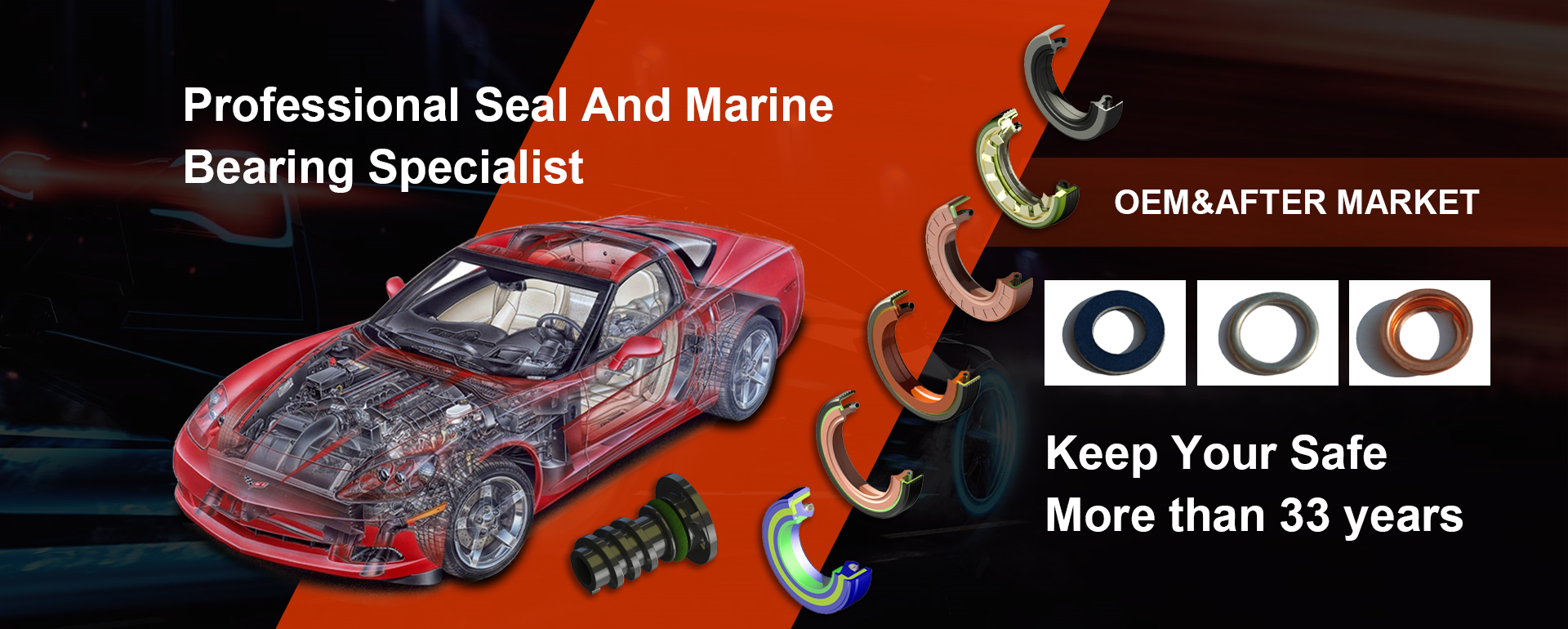inner hub seal
Understanding the Inner Hub Seal A Critical Component in Mechanical Design
In the world of mechanical engineering and design, the inner hub seal plays a pivotal role in ensuring the efficiency and longevity of machinery. This seemingly small component is essential in a variety of applications, ranging from automotive engineering to industrial machinery. This article aims to delve into the details of inner hub seals, their functions, types, and significance in maintaining operational integrity.
What is an Inner Hub Seal?
An inner hub seal is a mechanical seal designed to prevent the leakage of fluids or contaminants in rotary applications, particularly in hubs of wheels and axles. It typically fits within the hub assembly, creating a barrier that keeps lubricants contained while blocking dirt, moisture, and other potentially damaging substances. The seal ensures that the internal environment remains clean and properly lubricated, which is crucial for smooth operation.
Functions of an Inner Hub Seal
1. Fluid Retention One of the primary functions of the inner hub seal is to contain lubricating oil or grease within the hub. This is vital for the proper functioning of bearings and gears that rely on this lubricant for smooth operation.
2. Contaminant Exclusion The inner hub seal prevents the ingress of dirt, water, and other contaminants that can lead to premature wear and failure of mechanical components. By blocking these harmful substances, the seal extends the lifespan of the machinery.
3. Pressure Regulation In certain applications, the inner hub seal can assist in managing internal pressure variations. By maintaining pressure, the seal can help optimize the performance of the mechanism while ensuring safety and reliability.
Types of Inner Hub Seals
There are various types of inner hub seals designed for specific applications and operational conditions
. The most common includeinner hub seal

1. Rubber Seals These seals are made from elastomers and provide excellent flexibility and resilience. They are commonly used in automotive applications due to their ability to maintain sealing force despite the flexing of components.
2. Metallic Seals Utilized in high-temperature or high-pressure environments, metallic seals are made from materials such as steel or aluminum. These seals offer durability and resistance to deformation, making them suitable for heavy-duty applications.
3. Composite Seals Combining the benefits of both rubber and metallic seals, composite seals are designed to provide superior sealing capabilities. These are often used in applications where both thermal resistance and flexibility are necessary.
Importance of Inner Hub Seals in Machinery
The importance of inner hub seals cannot be overstated. In machinery, every component must work in harmony, and the failure of even the smallest part can lead to catastrophic consequences. Here are a few reasons why inner hub seals matter
1. Cost Efficiency By preventing oil leaks and contamination, these seals contribute to the cost-effectiveness of machinery. Reducing the need for frequent repairs or replacements of components due to contamination saves both time and financial resources.
2. Safety In vehicles, compromised seals can lead to brake failure or other safety issues. Inner hub seals ensure that critical systems operate reliably, safeguarding both the operator and the equipment.
3. Environmental Protection Seals help prevent oil leaks into the environment, contributing to more sustainable mechanical practices. By containing lubricants, they minimize pollution and adhere to regulatory compliance regarding hazardous materials.
Conclusion
In summary, the inner hub seal, though often overlooked, is a crucial element in the functionality of mechanical systems. Its role in retaining lubricants, excluding contaminants, and maintaining performance under various conditions underscores its significance in the engineering field. As technology advances, innovations in seal design will continue to enhance their effectiveness, ultimately leading to more efficient and durable machinery. Understanding the importance and functionality of inner hub seals is essential for engineers and designers who aim to create reliable and robust systems in today’s fast-paced industrial landscape.
-
The Ultimate Guide to Boat Propeller Bearings and Trailer Wheel Bearings
News Jul.31,2025
-
The Essential Guide to Marine Bearings and Boat Trailer Wheel Bearings
News Jul.31,2025
-
The Complete Guide to Heavy Duty Seals: Protecting Doors and Spaces Efficiently
News Jul.31,2025
-
Essential Guide to Marine Shaft Bearings and Boat Trailer Axle Bearings
News Jul.31,2025
-
Comprehensive Guide to Marine and Trailer Bearings for Safe Boating and Transport
News Jul.31,2025
-
Comprehensive Guide to Automotive Oil Seals: Protecting Your Engine and Shafts
News Jul.31,2025
-
Understanding Automotive Oil Seals: Essential Components for Engine and Shaft Protection
News Jul.30,2025
Products categories















